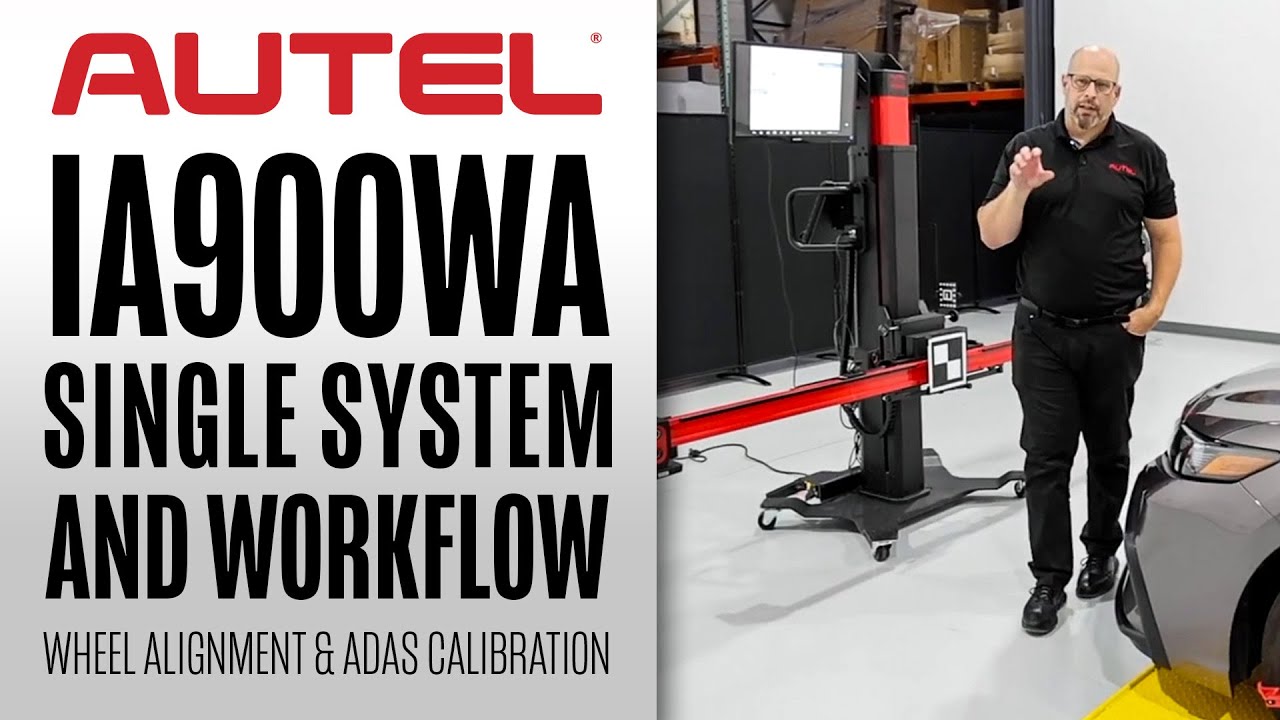Henry Ford once said, “If I had asked people what they wanted, they would have said faster horses.” This quote may explain the logic behind technology's rapid transformation in and around vehicles today. In the last five years as a shop owner, you’ve had to transform your team, their training, equipment, SOPs, repair plans, partnerships, and risk management for your business. All except the last item listed may seem obvious; however, risk management is vital to protect your business. We will highlight three technological elements that have required new consideration in your collision repair risk management: automated driver assistance systems (ADAS), electric vehicles (EVs), and autonomous automobiles.
Automated Driver Assistance Systems (ADAS)
Remember in 2017, when we debated whether the industry needed to scan vehicles before repairing them? This was the first wave of quality collision technicians throwing out their books and converting to online, on-demand, OE repair procedures. You had to purchase equipment, set up separate Wi-Fi groupings, train your team to research the procedures, and fill in the gaps. Calibrations became necessary to fine-tune and validate that ADAS is performing properly. That is the key phrase — performing properly — as all this is tied to performing a safe and proper repair.
As a shop owner, do you outsource the calibrations or develop the capabilities internally? Do you have enough space, or can you find more nearby? Are the floors level? What are the costs of targets, increasing staff, and training?
Your business insurance provider should understand the tradeoffs and help you navigate the decision. If you outsource, how do you determine the facilitator and ensure you have a mechanism to transfer the risk for their completed operations errors? If you complete it in-house, what is the most efficient way to cover that exposure? Additionally, how do you improve the bill payer’s acceptance of the charges?
Electric Vehicles (EVs)
Zero carbon initiatives, government subsidies, and early adopters have pushed electric vehicles (EVs) beyond the demand curve. Should you get in on the action as a repairer? What training and investments are needed to protect the customer, your people, and your business?
Your business insurance provider should understand your industry. They should guide you on updating procedures for when an EV arrives at your shop, inform you about training and personal protective equipment sources, and advise on your pollution clean-up limit.
Furthermore, there is a tendency to focus on storage and preventing EV-related fires. At the same time, many technicians dismiss the severity of fires emanating from an internal combustion engine vehicle.
Autonomous Automobiles
You and your team have been adapting to scanning, ADAS calibrations, and EVs. Soon, you'll also encounter autonomous vehicles if you haven't already. California has already begun approving Level 3 cars, and other cities nationwide have authorized limited use with them. Some key considerations include:
- If you take a car on a test drive and put it into autonomous mode, who is driving the vehicle?
- Whose insurance will cover a loss?
- Will it be your shop insurance or the OE (original equipment insurance)?
At SPARK Underwriters, we have chosen to clearly provide coverage for the collision repairer. This is to protect you and keep your customers from getting the runaround. Most automotive business insurance we have reviewed is silent on covering autonomous vehicles on test drives. However, if they are not silent, they add an exclusion on coverage for shop owners.
Technology advancements are speeding up and will continue the trajectory. Even artificial intelligence is creeping in, from claims adjusting to OE repair research, training, and all types of decision-making. Unsurprisingly, criminals are using it, too, increasing exposure to fraud and cyber risk.
You need help with risk management before the loss, not after it. Make a conscious decision on whether to avoid exposure, modify it, purchase insurance, or self-insure (which means void of insurance). It is important that your underwriters, claims handlers, and risk managers are current and in your industry. At SPARK Underwriters, we are more than insurance; our team of certified technicians could work in your shop. We also know what the “empty chair” means and how critical it is to do a proper repair.

















































